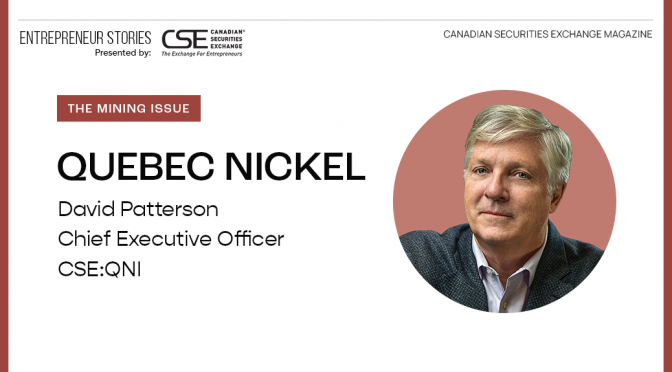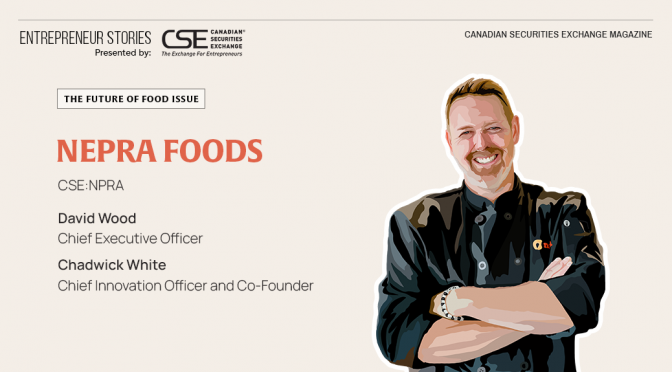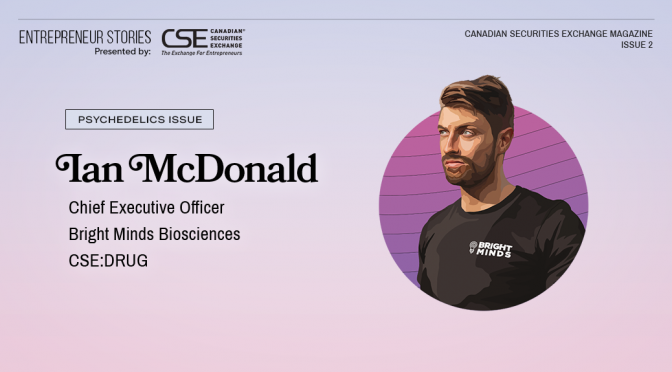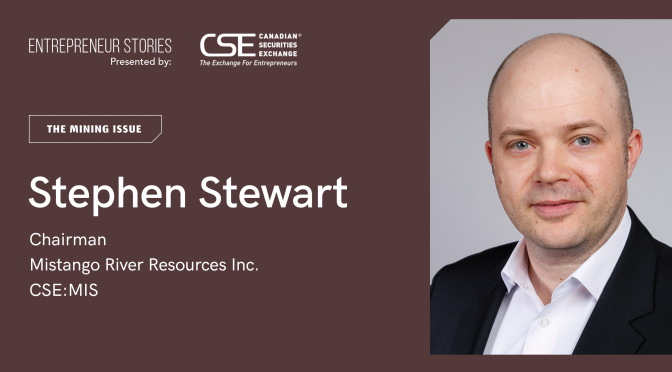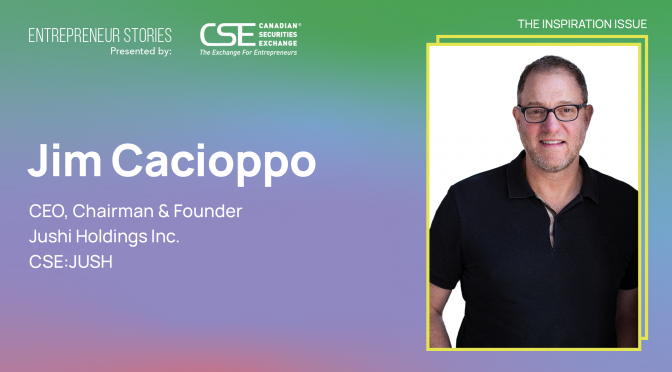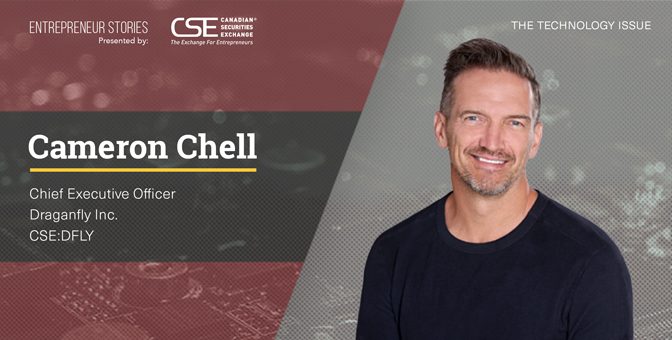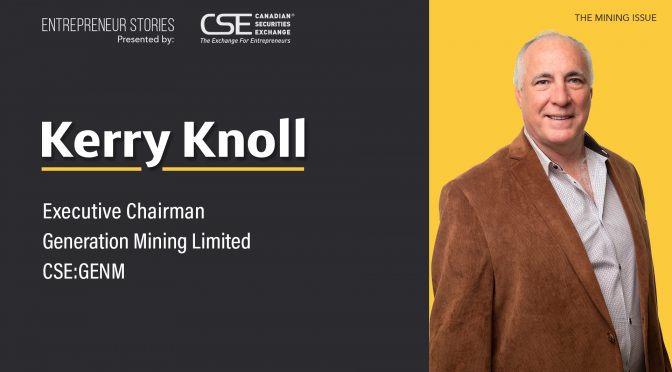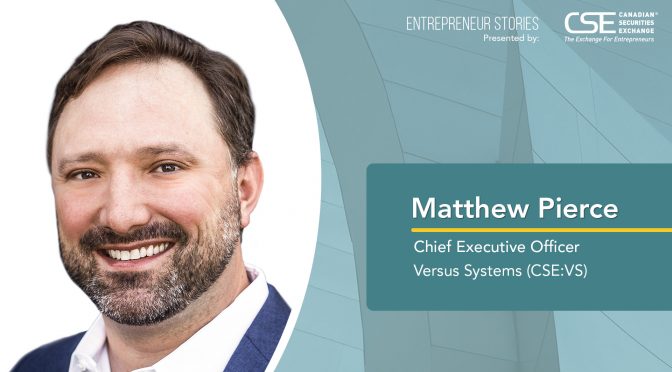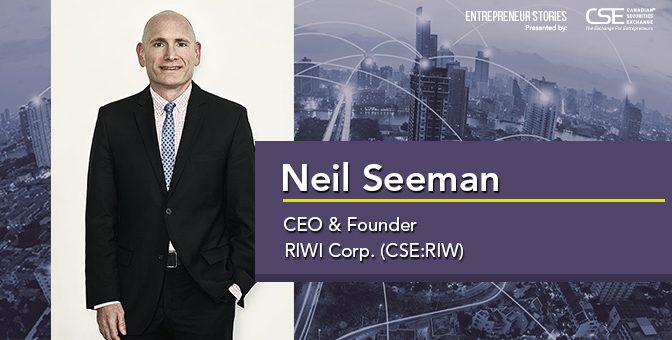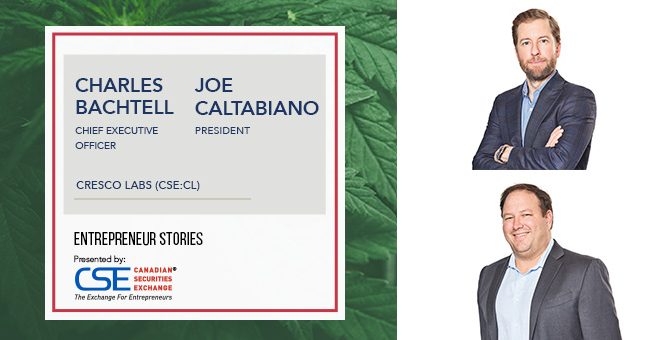While it was only in the past several years that drones gained broad recognition as valuable commercial tools, these amazing machines have actually been at work improving our lives for decades. Draganfly (CSE:DFLY) has been serving companies and governments looking for high-quality drones and related services for over 22 years, selling to markets as large and important as public safety, agriculture and industrial inspection.
That list is just a start says Draganfly Chief Executive Officer Cameron Chell. Public Entrepreneur caught up with Chell recently to discuss Draganfly’s development to date and where the company is heading in the medium and long terms. According to Chell, the sky’s the limit when it comes to the value Draganfly can bring to society – and Draganfly shareholders – given time. And that includes playing a role in helping the world manage the ongoing COVID-19 crisis.
Drones have been available for commercial applications for a generation, but interest and real-world use have really gained momentum in the past few years. Why?
I think what’s driving the momentum is the actual practical use of drones. It’s sensor functionality, battery life, cost and actual regulation and awareness of drones, and people getting more comfortable with the functions they create. Basically, I think it’s the convergence of all the technologies coming together, and certainly the COVID-19 pandemic has highlighted the fact that this is a tool that can be used in a contactless way, as a resource multiplier, or to carry out functions that humans don’t necessarily have to do now and risk close contact.
There are many competitors in the industry. How does Draganfly’s experience over more than two decades give you an edge?
We are the oldest commercial manufacturer of drones in the world. The first drone ever credited with saving a human life sits in the Smithsonian today, and it was a Draganfly drone fitted with a thermal camera. What separates us is our technology and our software.
You mentioned COVID-19. Draganfly recently initiated “pandemic drone” test flights. Tell us more.
On the pandemic side, the software we use can do two things: it can measure social distancing and mask-wearing, so it can measure how well people are carrying out what officials are putting in place. And the second thing it can do is measure vital signs.
The real advantage of our technology is that we can, for the first time ever, really, start to provide real-time data on the effectiveness of things like mask-wearing and social distancing, and we can start to get real-time data on community health, as opposed to waiting to see how full hospitals become, or relying on models of where the pandemic might go.
In this case, we can have cameras measure social distancing and vital signs to determine infection rates within a crowd on the beach at a particular time of day, or what the infectious or respiratory potential is of a crowd in a football stadium. It doesn’t make a diagnosis, it doesn’t identify people, but it does come back and provide real-time data on where we think we’re at in terms of the infectious cycle at that moment. We provide both an aerial and fixed-base camera platform for different use cases.
What has been the response from local governments and others to the test flights?
From a technology standpoint and from a public official standpoint, the response has been overwhelmingly positive. They understand that this isn’t a scenario where people are being identified and profiled, but rather it’s providing real-time data. For the first time they may not only get a sense of potentially what the health consequences are to first responders or the public in general, but they can also start to monitor whether potential hotspots are emerging and whether policies are working to help start opening up economies again.
Who are some of the customers for Draganfly drones?
Draganfly has sold over 9,000 drones, primarily for public safety, but also to agriculture, construction and mining. It is all the industries you would expect, but our primary customers have been public safety, law enforcement and border patrol.
We’re seeing demand grow from that sector, but interestingly also for consumer safety and workplace safety. Imagine places such as theme parks, convention centres, factory floors or retail outlets, where you’ve got consumers coming in and management wants to ensure a couple of things. One is that their workforce is safe and not bringing in potentially infectious diseases, and then there is consumer safety and advocacy, where you might have a convention centre or a theme park that’s putting this type of system in place to benefit consumer confidence. An interesting concept that we see starting to develop is that the same way you and I get a weather report right now, we’re going to see the emergence of health reports.
Where do you see the drone industry in three to five years? And what does this mean for you as a company?
We are a North American manufacturer, so there’s lots of data security concern as it relates to foreign manufacturers. We really see ourselves growing in the domestic space or, quite frankly, amongst NATO or Five Eyes countries, to be able to provide drones and secure data delivery.
How do you make money in the drone business? Is it volume, or government and agency customers that generate recurring revenue, or the consumer market?
For sure, it isn’t from consumers. We think foreign manufacturers will continue to dominate that space.
For us, we will continue to do contract engineering for military applications. That’s just a staple of ours that provides a good base of income. Ultimately, our recurring income will be driven by data analytics and management. Today we build specific drones, devices, software and services for industry verticals in which we can provide hardware, software, services and data management that give our customers a competitive advantage in their industry.
We do sell drones to end users, and it is a growing market. However, we see demand being very strong in turnkey and subscription-based services. Companies aren’t necessarily looking for a drone and a pilot. There’s an element of that, but the bigger growth area is going to be more around turnkey service. I’m an insurance company and I want rooftop inspections for 5,000 homes a month, say, and I just want the data. And where Draganfly differentiates itself is that we’re really good at incorporating sensors and providing data you typically can’t get from other drone providers.
You are also helping to find landmines. Tell us more about this work.
This is a great example of a large untapped market that requires specialized equipment and software, not to mention data analytics and management. We’re working with a partner called Windfall Geotek, which has a ton of experience in this space, but they need a specialized drone with specialized sensors in order to provide their AI with the data that is beyond just magnometer data. We expect to roll that out in force over the next eight months.
What’s really exciting about this is not just being able to uncover mines without having people and dogs at risk, but also the amount of data that we collect – the patterns of mines, the number of mines missed in the past, the areas and the regions. Building a database of this type of stuff really helps the AI to be able to uncover more mines.
Your acquisition of Dronelogics Systems earlier this year marked a big change. What does this deal mean for Draganfly?
Dronelogics is a 10-year-old company with a fantastic reputation and incredible management. They do great integration work with multiple drone systems.
We intend to make more acquisitions, and the two principals at Dronelogics are key for us to build on top of our acquisitions and do proper integration. The other advantage of the acquisition is that they sell a lot of other manufacturers’ products, but as we get moved into that mix, we become vertically integrated a bit whereby they can provide either Draganfly products and/or our contract engineering services.
You’ve built up a strong team. Tell us about the group.
Andy Card is former White House Chief of Staff under George W. Bush. He was also Secretary of Transportation. His endorsement of our company is important. He only sits on two boards: us and BNSF, which is the massive railroad system. To have his ear, his insight and global perspective has been fantastic. He works with us on public relations, but also in terms of being able to provide business development insight into both the government and industrial worlds.
We’ve also got John Mitnick. He’s the former General Counsel of Raytheon and former General Counsel of Homeland Security. John’s role is insight and advisory, but also penetrating us into the government’s position of not moving forward with foreign drones and looking to North American manufacturers.
Julie Myers is on our advisory board. She’s former Assistant Secretary of Homeland Security. We also have Dr. Jack Chow, who was the first Assistant Director-General of the WHO on HIV/AIDS, Tuberculosis and Malaria, who is a big drone advocate and has been for 10 years.
Is there any other core message the market needs to know about Draganfly?
Draganfly is a data company that makes drones, devices and software, and provides services to create and provide better data. The strategic differentiator for Draganfly is that we provide data to our customers that basically nobody else can. An example would be the landmine data, or health measurement data. You might think of us today as a drone manufacturer, but three years from now, or five years from now, I believe Draganfly will be a prominent business brand you will associate with data analytics and management. That’s where you go to get your data, or that’s where industry goes to get its data. Data is valuable, but unique data is priceless, and the name of the game for Draganfly is to create unique data.
This story was featured in the Public Entrepreneur magazine.
Learn more about Draganfly
at https://draganfly.com/.

